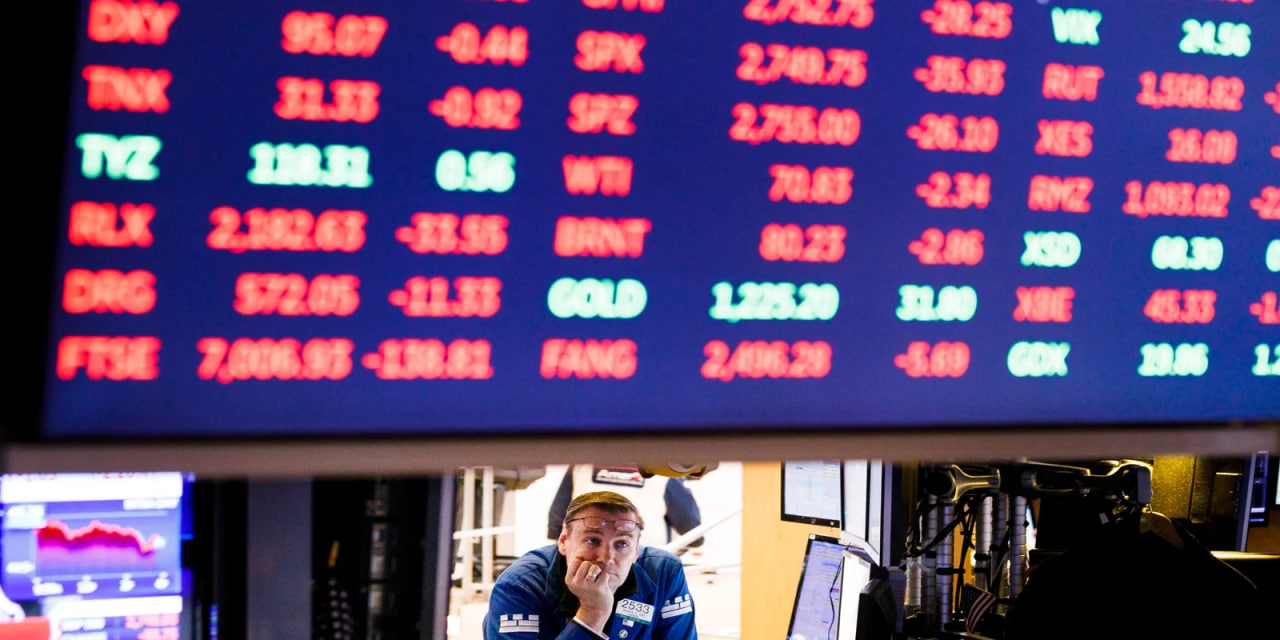Oil Market Outlook: A Supply Glut on the Horizon? (Keywords: OPEC+, Global Oil Supply, Oil Market Forecast, Crude Oil Prices, Non-OPEC+ Production)
Meta Description: Dive deep into the IEA's latest oil market report, exploring the projected global oil supply surplus, the impact of OPEC+ decisions, and the role of non-OPEC+ producers in shaping future crude oil prices. We analyze the potential for a supply glut and its implications for energy markets.
Whoa, hold onto your hats, folks! The energy world is buzzing, and it's not just about the price of that morning latte. We're talking about the big kahuna – global oil supply. The International Energy Agency (IEA), that heavyweight champion of energy analysis, recently dropped a bombshell: a potential oil glut is looming. Forget the whispers about dwindling reserves; we're facing a possible tsunami of excess crude. But before you panic and start hoarding gasoline like it's going out of style, let's break down the IEA's report and understand what's really happening. This isn't just another dry analysis; we're going to peel back the layers and explore the human element, the political maneuvering, and the sheer complexity of this global energy game. We'll delve into the perspectives of producers, consumers, and everyone caught in the crossfire of this fluctuating market. Prepare for a deep dive into the murky waters of global oil supply and demand, where fortunes are made and lost on the whims of geopolitics and unexpected production surges. This isn't your grandpappy's oil market report; it's a rollercoaster ride of information, insightful analysis, and a healthy dose of real-world perspective. Buckle up!
OPEC+ and the Looming Supply Surplus
The OPEC+ cartel, that powerful alliance of oil-producing nations, recently decided to postpone boosting its output. This decision, while seemingly aimed at stabilizing prices, might ironically contribute to the very problem it's trying to avoid – a supply glut. The IEA’s projection paints a stark picture: if OPEC+ resumes its planned production increase from April, we're looking at a daily surplus of a whopping 1.4 million barrels. Even if they completely scrap their planned production increases for next year, we're still staring down the barrel of a 950,000-barrel-a-day surplus. That’s a lot of extra oil sloshing around the market! This scenario highlights the delicate balancing act OPEC+ constantly juggles: maintaining prices while managing its own members' production capacities and political interests. It's a high-stakes game of chess, and one wrong move could lead to a significant market downturn.
The Rise of Non-OPEC+ Producers: A Game Changer?
But here's the twist. While OPEC+ grapples with its production strategy, the rest of the world – the non-OPEC+ producers – are stepping up their game. The IEA projects a significant 36% increase in their supply. Think of the US, Brazil, Canada, and Guyana – these countries are ramping up production, adding to the already substantial potential surplus. This surge in non-OPEC+ production is a game-changer. It demonstrates the increasing diversification of global oil supply, reducing the dominance of OPEC+. This shift in the energy landscape is not just about numbers; it reflects complex geopolitical shifts, technological advancements in extraction, and evolving investment strategies. This isn't just about economics; it's about national energy security and strategic influence in the global arena. The implications are profound and far-reaching.
Analyzing the Impact on Crude Oil Prices
The projected supply surplus naturally raises concerns about crude oil prices. A flood of excess oil can trigger a price war, potentially pushing prices down and hurting the profitability of producers, particularly those with higher production costs. However, unexpected geopolitical events, changes in global demand (think economic growth or recessions), and even weather conditions can significantly influence prices, making accurate forecasting incredibly challenging. The oil market is famously volatile; even seasoned analysts routinely get caught off guard by unforeseen circumstances. It's a testament to the intricate interplay of factors governing this vital commodity. Predicting the future of oil prices is a bit like predicting the weather – you can make educated guesses, but Mother Nature (or in this case, global politics and economics) often has other plans.
Future Oil Consumption: A Balancing Act
The IEA forecasts a modest increase in global oil consumption in 2025 – around 1 million barrels per day, or roughly 1%. This relatively slow growth could further exacerbate the supply surplus. However, this projection is not set in stone. Unforeseen economic shifts, technological advancements (like the growth of electric vehicles), and government policies aimed at reducing carbon emissions could dramatically alter the trajectory of future oil demand. It's a tightrope walk, a delicate balance between projected growth and the potential for disruptive changes that could reshape the energy landscape as we know it.
The Human Element: Beyond the Numbers
The IEA report offers a valuable data-driven analysis, but it's crucial to remember the human element behind these numbers. Think about the oil workers in Texas, the families reliant on oil revenue in the Middle East, the consumers filling up their gas tanks, and the policymakers grappling with energy security and climate change. The oil market is not merely an abstract concept; it directly impacts millions of lives worldwide. It's a complex web of interconnected interests and consequences, where economic decisions ripple through communities and nations. The human impact should be at the forefront of any discussion of the global oil supply and demand picture.
Frequently Asked Questions (FAQs)
Q1: What is OPEC+?
A1: OPEC+ is an alliance of oil-producing countries, primarily consisting of the members of the Organization of the Petroleum Exporting Countries (OPEC), plus several key non-OPEC producers like Russia. It coordinates production policies to influence global oil prices.
Q2: How does the projected supply surplus affect consumers?
A2: A surplus could lead to lower gasoline and other oil-related product prices in the short term. However, other factors influence prices, and lower prices don't guarantee benefits for all consumers.
Q3: What role does the US play in the global oil market?
A3: The US is a significant oil producer and consumer. Its production levels significantly impact global supply, making it a key player in the global energy equation.
Q4: What are the environmental implications of a global oil surplus?
A4: A surplus might dampen the urgency of transitioning to renewable energy sources, potentially delaying progress on climate goals. However, lower oil prices could make it harder to compete against cheaper fossil fuels.
Q5: How reliable are the IEA's predictions?
A5: The IEA is a highly respected source of energy information, but its forecasts are subject to the inherent uncertainties of global economics, geopolitics, and unforeseen events.
Q6: What can we expect in the future of the oil market?
A6: The future of the oil market is uncertain. Much depends on OPEC+ policies, non-OPEC+ production levels, global economic growth, and the pace of the energy transition.
Conclusion: Navigating the Uncertainties
The IEA's forecast of a potential oil surplus presents a complex challenge for the global energy market. While lower prices might benefit some consumers in the short term, the long-term implications are multifaceted and uncertain. The interplay of OPEC+ decisions, non-OPEC+ production, and evolving global demand creates a dynamic and unpredictable environment. Navigating this complexity requires careful consideration of all factors and a keen understanding of the human and environmental implications of this ever-shifting energy landscape. The future of oil, and indeed, the future of energy, remains an open question, ripe with possibilities and challenges. Stay tuned!



